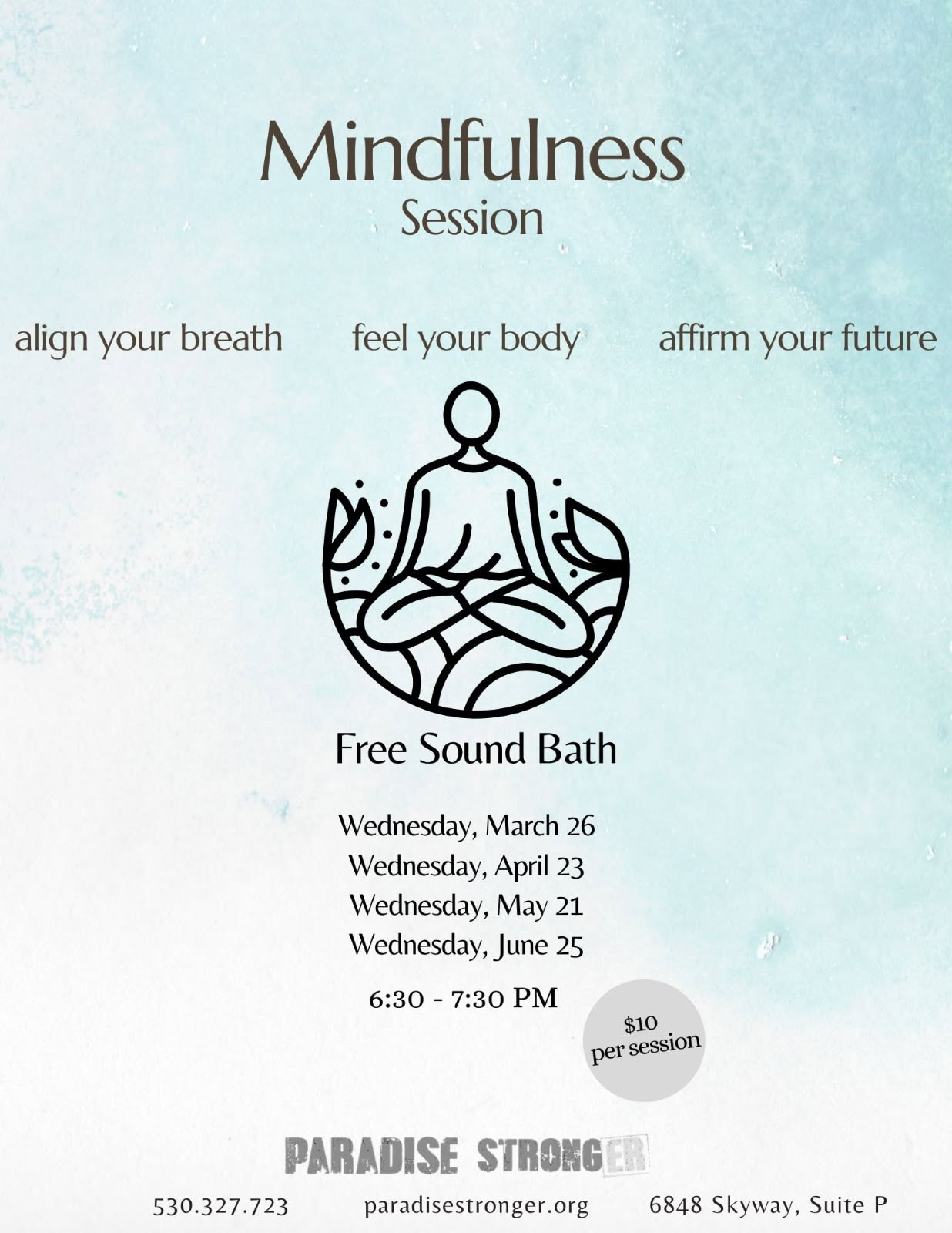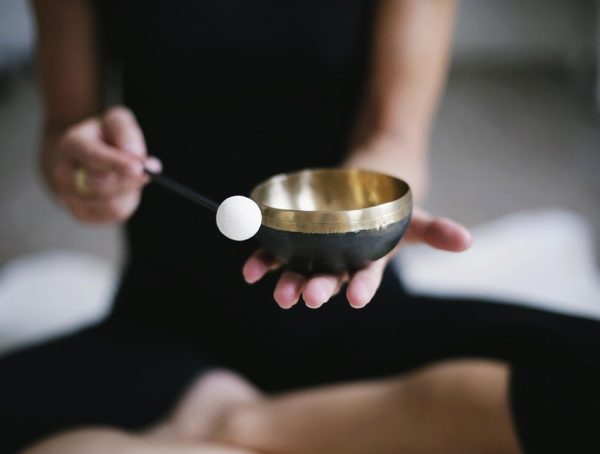Deep Breathing Techniques: A Path to Better Mental Health
In today’s fast-paced world, anxiety and stress have become common companions for many people. As we juggle work, family, and social responsibilities, it’s easy to feel overwhelmed. While there are various strategies for coping with anxiety and managing stress, one of the most accessible and effective methods is deep breathing. Deep breathing techniques not only help in calming the mind but also serve as a pathway to better mental health.
Understanding Deep Breathing
Deep breathing, or diaphragmatic breathing, focuses on engaging the diaphragm fully, allowing your lungs to fill with as much air as possible. Unlike shallow breathing, which is often associated with stress and anxiety, deep breathing promotes relaxation and can help alleviate symptoms of various mental health challenges.
Benefits of Deep Breathing Techniques
-
Reduction of Stress and Anxiety: Deep breathing activates the body’s relaxation response, which counteracts stress and anxiety. By engaging in deep breathing techniques, you can quickly lower cortisol levels and return to a sense of calm.
-
Improved Focus and Concentration: Engaging in deep breathing boosts the flow of oxygen to your brain, which can enhance cognitive function and promote clarity of thought.
-
Better Sleep Quality: Many people suffer from insomnia or interrupted sleep due to racing thoughts and anxiety. Deep breathing exercises can help calm the mind, making it easier to drift off into a restful sleep.
-
Physical Health Benefits: Along with its mental health advantages, deep breathing can improve physical health by lowering blood pressure and heart rates, increasing lung capacity, and enhancing overall well-being.
- Mind-Body Connection: Deep breathing fosters a greater awareness of your body and emotions. This mindfulness can improve your emotional responses to challenges, promoting better emotional regulation.
Deep Breathing Techniques to Try
Here are a few deep breathing techniques you can easily incorporate into your daily routine:
1. 4-7-8 Breathing
This technique involves inhaling for a count of four, holding the breath for a count of seven, and exhaling for a count of eight.
Action Steps:
- Find a comfortable seated position or lie down.
- Close your eyes and take a deep breath in through your nose for a count of four.
- Hold your breath for a count of seven.
- Exhale slowly through your mouth for a count of eight.
- Repeat this cycle three to four times.
2. Box Breathing
Popularized by Navy SEALs, box breathing helps promote relaxation and focus.
Action Steps:
- Sit in a comfortable position.
- Inhale through your nose for a count of four.
- Hold your breath for a count of four.
- Exhale slowly through your mouth for a count of four.
- Hold your breath again for a count of four.
- Repeat this cycle three to four times.
3. Alternate Nostril Breathing
This technique balances the body’s energy and calms the mind.
Action Steps:
- Sit comfortably with your spine straight.
- Use your right thumb to close your right nostril.
- Inhale deeply through your left nostril for a count of four.
- Close your left nostril with your right ring finger, releasing your right nostril.
- Exhale through your right nostril for a count of four.
- Inhale through your right nostril for a count of four, then switch sides.
- Exhale through your left nostril for a count of four.
- Repeat for five to ten cycles.
4. Deep Belly Breathing
This technique allows you to fully engage your diaphragm and fill your lungs with air.
Action Steps:
- Lie down on your back with your knees bent or sit comfortably.
- Place one hand on your chest and the other on your belly.
- Inhale deeply through your nose, ensuring that your belly rises while your chest remains still.
- Exhale slowly through your mouth, feeling your belly fall.
- Repeat for five to ten minutes.
Integrating Deep Breathing into Your Daily Routine
To reap the full benefits of deep breathing techniques, consider integrating them into your daily life:
- Start Your Day With Breathing: Begin every morning with a few minutes of deep breathing to set a positive tone for your day.
- Take Breathing Breaks: Incorporate short breaks throughout the day to practice deep breathing, especially during stressful moments.
- Use Guided Meditations: Leverage apps or online resources to find guided breathing meditations that can enhance your practice.
- Join a Class: Explore yoga or meditation classes that emphasize deep breathing, allowing you to learn from experienced instructors.
- Before Sleep Routine: Include deep breathing exercises in your bedtime routine to promote relaxation and improve sleep quality.
Conclusion
Deep breathing techniques are a powerful tool for managing stress, anxiety, and overall mental health. By incorporating these simple yet effective practices into your daily routine, you can foster a sense of calm and emotional well-being. Remember, you don’t need to find extensive time in your busy schedule—just a few minutes each day can make a significant difference.
As you embark on this journey toward better mental health, consider sharing your experiences with others. You might inspire someone who needs a gentle nudge toward self-care. And if you find value in more tips on mental health and wellness, follow Kevin on Instagram (@KSteineman) for daily inspiration.
“You can’t stop the waves, but you can learn to surf.” – Jon Kabat-Zinn
You might also like
More from Meditation
The Role of Mantras in Transcendental Meditation: A Deep Dive
The Role of Mantras in Transcendental Meditation: A Deep Dive Transcendental Meditation (TM) has garnered a significant following across the globe, …
The Science Behind Meditation: Improving Mental Health Naturally
The Science Behind Meditation: Improving Mental Health Naturally In today's fast-paced world, the pursuit of mental wellness has become paramount. Thousands …
Understanding the 7 Types of Meditation for Beginners
Understanding the 7 Types of Meditation for Beginners: A Path to Inner Peace Meditation has become a popular practice in recent …


































